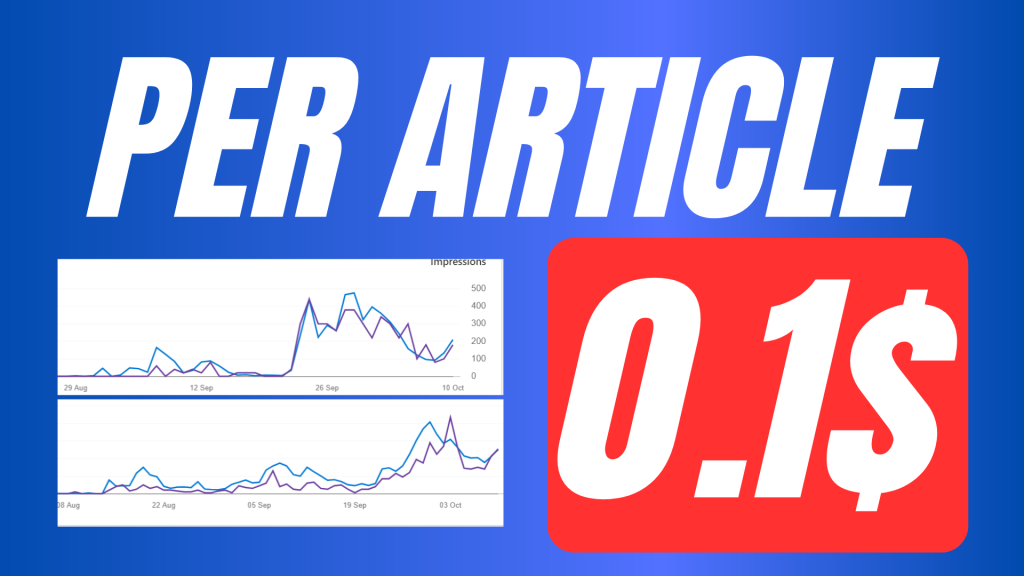The Importance of Formal Email Writing
Effective email communication plays a vital role in maintaining professionalism. Emails reflect your identity.
They provide a digital handshake that can set the tone for future interactions. Let’s explore why formality matters in emails.
Why Formality Matters in Emails
- First Impressions Count: The opening lines deliver immediate perceptions. A formal email exhibits professionalism, showing respect for the recipient.
- Clear Communication: Being formal often means being direct and clear. This minimizes misunderstandings.
- Professional Image: Emails create a professional image, reflecting your seriousness and commitment.
Key Benefits of Formal Email Communication
- Establishes Trust: Formal emails contribute significantly to building a trusting relationship. According to a study, 85% of professionals believe that formal emails foster respect.
- Promotes Positive Interaction: Well-structured formal emails can enhance responses. A survey indicated that emails with formal greetings receive up to 30% higher response rates.
- Encourages Accountability: Formal emails provide a written record of communication. This can be pivotal when clarifications are needed.
Structure of a Formal Email
A formal email should have a clear structure.
This enhances readability and ensures your message is communicated effectively.
Subject Line Essentials
- Direct and Informative: The subject should encapsulate the email’s purpose. Example: “Application for Marketing Manager Position.”
- Length: Aim for around 6-8 words. A concise subject line has a higher open rate.
Greeting and Salutation
- Professional Greetings: Use “Dear ,” e.g., “Dear Mr. Ali,”. This shows respect.
- Alternative Greetings: “Hello ,” or “Greetings ,” can work when formality allows.
Body: The Core Message
- Introduction: State your purpose immediately. For instance, “I am writing to apply for…”
- Detailed Explanation: Use short paragraphs for clarity. Bullet points can aid in presenting your skills or reasons succinctly.
- Strong communication skills.
- Proven project management experience.
- Expertise in digital marketing.
Closing Statements and Signature
- Closing Statements: Thank the recipient for their time. Example: “I appreciate your consideration.”
- Sign Off: Use “Sincerely,” or “Best regards,” followed by your full name and contact information.
Common Scenarios for Formal Emails
Formal emails are crucial in various contexts. Here are some common scenarios.
Job Applications and Cover Letters
- Subject Example: “Application for .”
- Body Structure:
- Introduce yourself.
- Summarize your qualifications.
- Request for an interview.
Professional Correspondence with Colleagues
-
Use formal tone for important updates or discussions.
-
Bullet points are useful for outlining project updates or tasks.
Client Communication
- Always thank the client for their business.
- Maintain clarity to prevent miscommunication.
Include a summary table of key points when discussing complex projects.
Best Practices for Formal Email Writing
Clarity and Brevity
- Stick to the point. Long emails can get lost in details. Aim for fewer than 200 words when possible.
- Use simple language. Avoid jargon unless necessary.
Appropriate Tone and Language
- Adapt your tone to the audience.
Maintain professionalism regardless of the context.
- Avoid slang or overly casual language.
Proofreading and Editing Tips
-
Check for grammatical errors. Use tools like Grammarly.
-
Read aloud to catch awkward phrasing or unclear sentences.
Examples of Formal Email Templates
Job Application Email Template
- Subject: Application for
- Body:
- Greeting
- Purpose
- Brief qualifications
- Ending with thanks
Professional Inquiry Email Template
- Subject: Inquiry Regarding
- State the inquiry clearly
- Request for specific information
Follow-Up Email Template
- Subject: Follow-Up on
- Reference previous communication
- Ask for updates or clarification
For more insights on improving your email communication, visit BulkArticleWriting.
Explore further examples and templates to enhance your formal email writing skills:  .
.

Leave a Reply